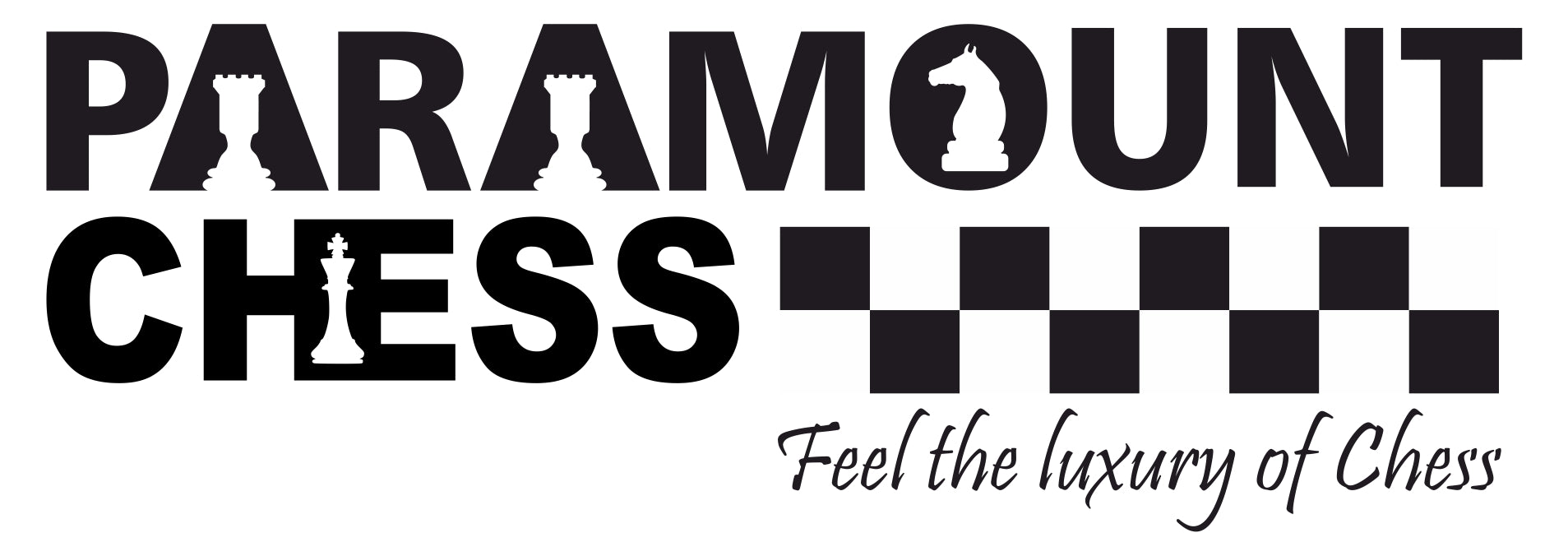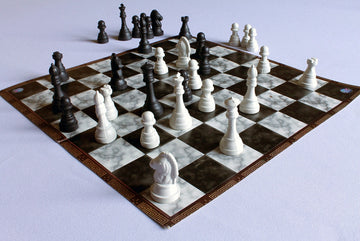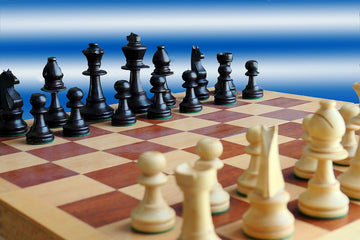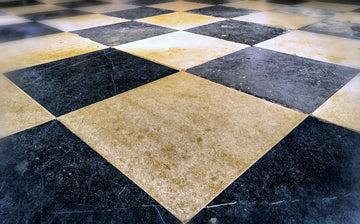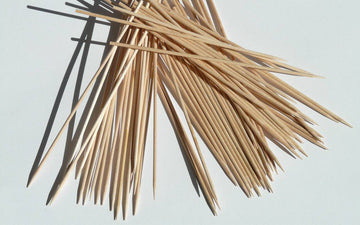
What is the first thing that comes to your mind when you come across the word, ‘skewer’? Is it different from the image of a pin or a fork? I’m sure we can agree that skewer is a far more aggressive choice of words than pin or fork. A skewer is one of the most essential tactics in the game of chess. It is very similar to a pin but much more effective. For this reason, it is one of the most preferred methods of capturing material in the game. It is also used to clear up the clutter on the board if required. So, let us learn about the skewer in chess.
What is a skewer?
A skewer is a tactic that is basically a ‘reverse pin’. In a pin, the more valuable piece is guarded behind the pinned piece. This makes it is easier for the opponent to capture the less valuable piece in a pin. But in a skewer, it is the more valuable piece that is attacked. This makes the skewer a lot more threatening of a tactic than a pin.
Check out our article on the pin in chess here: https://www.paramountdealz.com/pin-in-chess
Is the skewer more threatening than other tactics?
Primarily, a pin doesn’t allow the pinned piece to move otherwise the piece it is guarding will be attacked. Typically, the pinned piece is always the lesser valued one of the two. Now in a skewer, the opposite happens. The piece that is more valuable is directly attacked. Compared to a fork or a pin, this is a much more direct and precise attack that forces the opponent to act. The best alternative is usually to move the more important piece out of the way of attack. But to do so in a way that allows it to guard the piece behind it, is also important.
Types of Skewers
There are two types of Skewers:
- Absolute Skewer
- Relative Skewer
Absolute Skewer
Similar to an absolute pin, this is one of the most lethal tactics available to a chess player. It involves a direct attack on the opponents’ king and further on to a major piece. So why is this so effective? Think about it, if you attack your opponents’ king by giving him a check, what options do they have? Of course, they can always block the attack by introducing an intermediate piece. This will result in a pin! Confused? Check out our article on the pin in chess below:
But what if this is not possible? What happens then? One thing that the opponent is forced to do is get the king out of harms way. In doing so, they expose the vulnerable major piece behind the king. It almost always results in an exchange of material benefitting the player who engineered the skewer. This leads to a significant advantage both in material and momentum for the player employing this tactic.

Relative Skewer
The other kind of skewer is a relative skewer. This is the same as an absolute skewer except for one key difference. Just like the pin, the absolute skewer deals with the king whereas the relative skewer does not. Typically, the relative skewer would comprise of the major pieces on the board such as the Queen and the Rook. The pieces behind them prone to capture could be either of the above or the Knight or bishop.
Unlike an Absolute skewer, a relative skewer can be defended and defended well. In many cases it might be possible to move the major piece out of harms way while still defending the vulnerable piece that is skewered. This might make the opponent think twice before going for an exchange. They would only do so if an obvious tactical advantage or material advantage is seen. Then again, relative skewers are a lot more easy to defend as absolute skewers.

Can the knight be used to skewer?
In our article on the pin in chess, we did talk about how the knight is not able to pin a piece because of the way it moves. Is it possible for a knight to skewer a piece though? Unfortunately, it is not. It is possible to generate a fork using the knight though. This is one of the biggest advantages of the knight. To learn more about this check out our article on the fork in chess below:
https://www.paramountdealz.com/fork-in-chess
How to effectively use the skewer?
Things on the chess board just don’t fall into place. There is a lot of thought the precludes the moves of great chess players. A part of this is to focus on creating opportunities to exercise these tactics. Is it possible to generate a skewer? Yes! This is one of the great skills of a successful chess player.
Further reading 1: https://chessfox.com/skewer/
Further reading 2: http://www.thequietmove.com/tactics-skewer-chess-basic/
